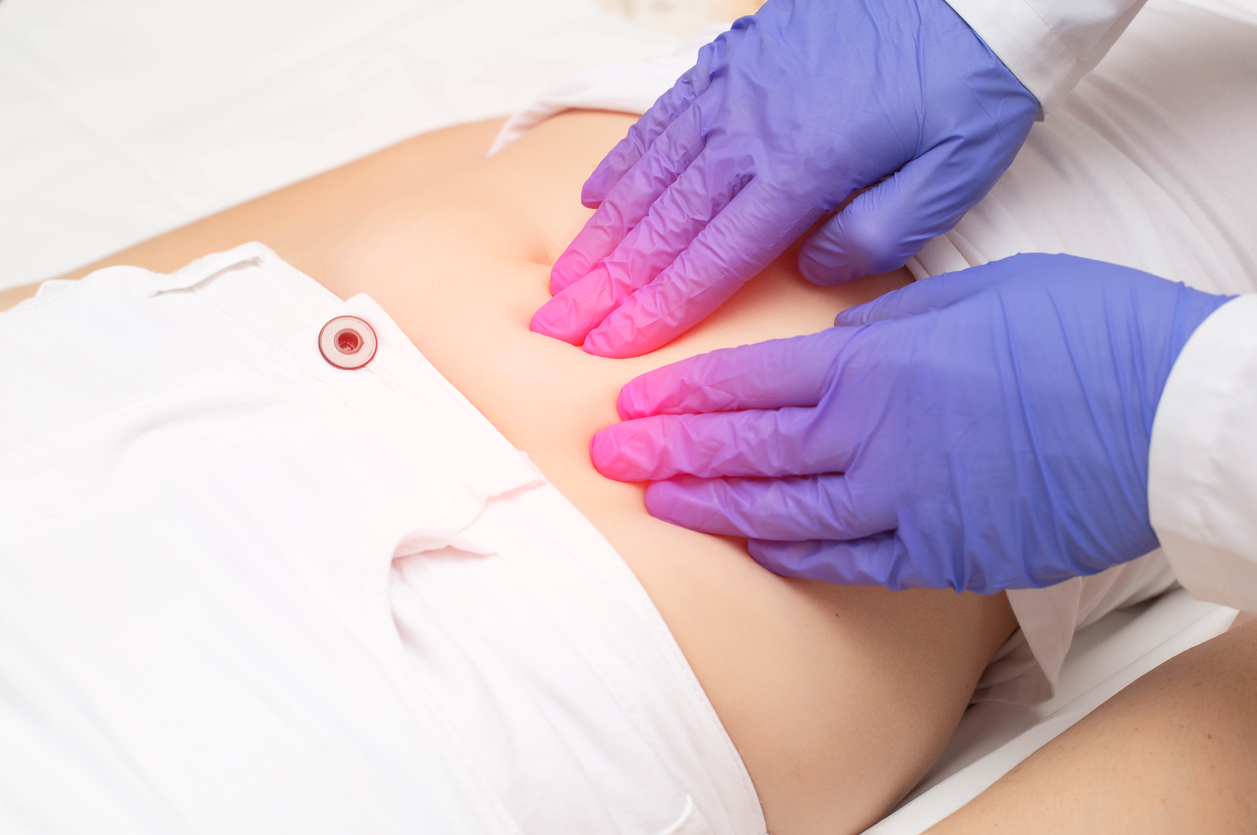
What is an endometrial scratch?
This is also called Endometrial biopsy or Local Endometrial Injury (LEI).
An endometrial scratch is a gentle injury to the superficial lining of the womb (endometrium). This womb lining is the tissue that builds up during a woman’s menstrual cycle and then breaks away to become a period if a pregnancy does not occur. The endometrium is a tissue that regenerates regularly.
How might an endometrial scratch help me?
Over the last decade research has consistently shown that gentle injury to the lining of the womb increases the chance of pregnancy. This seems to be especially the case for patients who have not conceived in their first IVF cycle, despite having good quality embryos.
More recent research has also shown that an endometrial scratch procedure is not harmful in any way and does not increase the risk of miscarriage or pregnancy problems. Because of the reassuring safety data it is now becoming a more widely used procedure.
How does an endometrial scratch work?
It remains unknown how an endometrial scratch can increase the implantation of embryos. The most likely explanation is that during the injury and healing process there is a change in the immune cells and factors within the womb, and that these changes make the womb lining more favourable to embryo implantation and pregnancy. Another scientific theory is that the endometrial scratch may switch on some genes that help improve implantation.
Whatever the mechanism, all studies to date, in women with previously failed IVF cycles with good quality embryos, have shown a consist doubling in pregnancy rates after a properly timed endometrial scratch.
The exact timing, type and number of endometrial scratch procedures needed to obtain the best pregnancy rates are still being debated and researched by fertility experts. At present the best results seem to be from an endometrial scratch performed at least 3 weeks or more before an embryo transfer.
What does an endometrial scratch procedure involve?
This is a simple procedure done in the fertility office & takes around 10-15 minutes. You can go to work or have a normal day afterwards. An endometrial scratch feels similar to having a cervical pap smear performed. An instrument (speculum) is placed in the vagina. The cervix (neck of the womb) is located and cleaned.
Then a small catheter (endometrial biopsy tube) is placed inside the womb by passing the thin plastic tube (catheter) through the cervix and gently up inside the womb. Occasionally a clip is placed on the cervix to help the catheter enter the womb. There is usually no pain. Some people may feel cramps in the uterus – like mild period pain, either during the endometrial scratch or during the day afterwards.
What are the side effects of an endometrial scratch
It is common to experience some mild cramps and light vaginal spotting or bleeding in the 24 hours after the procedure. In rare cases an infection of the womb (pelvic infection) might occur.
How can I organise an endometrial scratch?
Patients with one or more failed IVF cycles require a thorough discussion with the fertility doctor. There may be many reasons why an IVF cycle has not been successful and endometrial scratch is only one of many options that your doctor may discuss with you. If your IVF cycle was unsuccessful due to low embryo quality then an endometrial scratch may not be an appropriate treatment for you.
If an endometrial scratch has been recommended for you, then this is undertaken early in your menstrual cycle, after your period has finished (or after a GnRH agonist treatment). It is often performed along with the saline contract ultrasound procedure.
If you would like to discuss the procedure of endometrial scratch please call us for an appointment with the doctor.